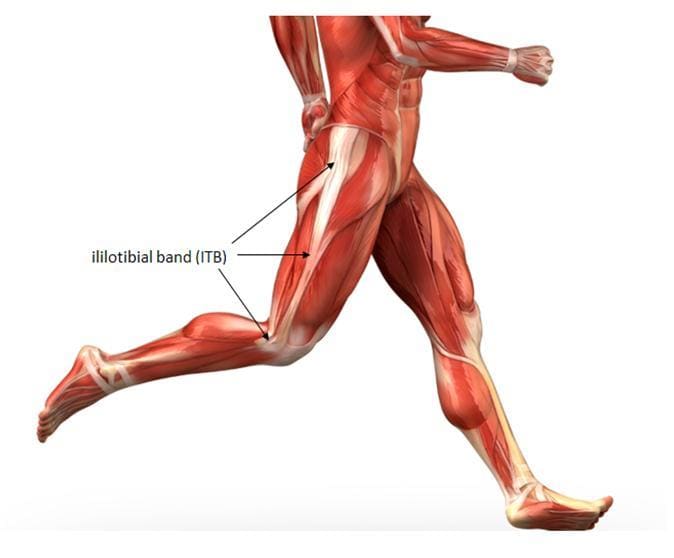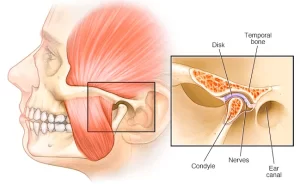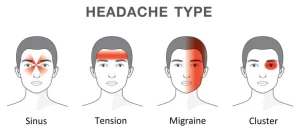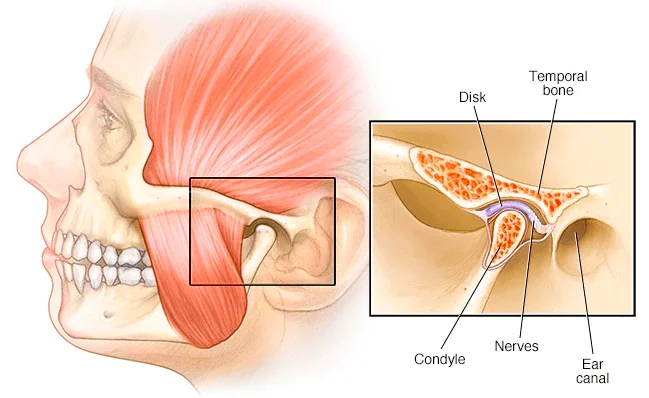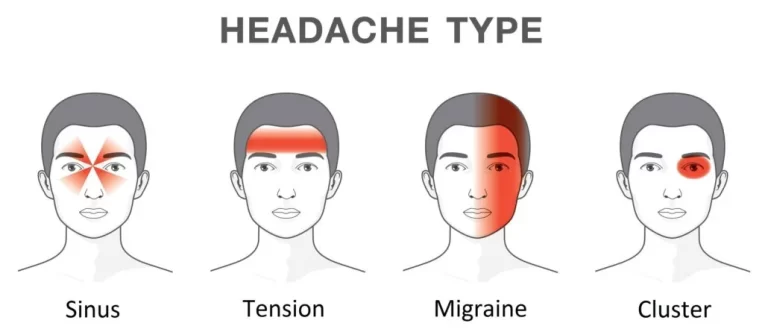What is Iliotibial (IT) Band Syndrome?
Iliotibial (IT) Band Syndrome or also known as Runner’s Knee is the inflammation (swelling) of the iliotibial tract, also known as the Iliotibial (IT) Band. This long band of flexible fascia extends from the hip to the knee on the outer side of each leg. The IT band thickens at the knee. If the band is tight due insufficient stretching before exercise, it can rub excessively against the femur (thighbone) or iliotibial bursa inside the knee. Continued rubbing can cause the IT band to become swollen and painful.
Causes of Iliotibial (IT) Band Syndrome
IT Band Syndrome is caused by excessive friction from the IT band being overly tight and rubbing against the bone. It is primarily an overuse injury from repetitive movement. Other causes of Iliotibial (IT) Band Syndrome may include hip muscles which are weak, over-pronation and overuse, extreme running and discrepancy in the leg length.
Symptoms of Iliotibial (IT) Band Syndrome
Symptoms of IT band syndrome may vary slightly from person to person in intensity and how they appear. Some symptoms include pain when running or doing other activities involving the outside of the knee, a clicking sensation where the band rubs against the knee, lingering pain after exercise, the knee is tender to touch, tenderness in buttocks and redness and warmth around the knee especially the outer aspect. Symptoms typically begin a short time after starting the physical activity. The most common symptom of IT band syndrome is pain on the outside of the knee that gets worse if the person continues the activity causing the pain. As a person continues to run or participate in a similar activity, the IT band will continue to rub against the outside of the knee, leading to swelling and severe pain.
Iliotibial (IT) Band Syndrome Treatment
Physical therapy can help with Iliotibial (IT) Band Syndrome. Treatment will include manual therapy and gentle manipulation to improve range of motion and strength. To build muscle strength, exercises targeting hip and core muscles will be prescribed. This is especially useful for athletes performing endurance sports to have a strong core to stabilise the hip and knee joints during repetitive leg motions. Functional training will also be incorporated to challenge the body to learn proper movement and prevent recurrence of injury. If in doubt, please seek professional advice.
Check out our popular articles: Diastasis Recti, Tight Back Muscles, Irritable Bowel Syndrome (IBS), Temporomandibular Joint (TMJ) Dysfunction, Tennis Elbow, Wrist Tendon Injury, Sciatica, Whiplash, Hernia, Herniated Disc (Slipped Disc).
